Construction Waste Clearance in Greenwich
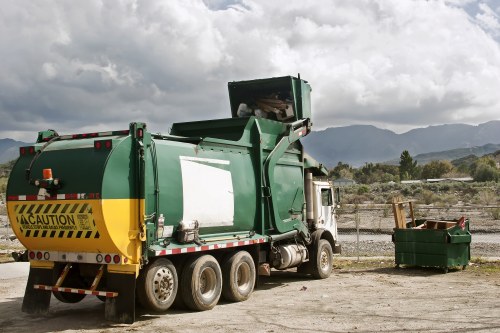
When undertaking any construction or renovation project in Greenwich, one critical aspect that often gets overlooked is construction waste clearance. Proper management and disposal of construction waste are essential not only for maintaining a clean and safe environment but also for complying with local regulations.
Greenwich, known for its rich history and bustling construction activities, faces significant challenges in managing the increasing volume of waste generated from various projects. Effective waste clearance services ensure that construction sites remain organized, reduce the environmental impact, and promote sustainability within the community.
In this article, we will explore the importance of construction waste clearance in Greenwich, the types of waste commonly generated, the benefits of professional clearance services, and how to choose the right provider for your needs.
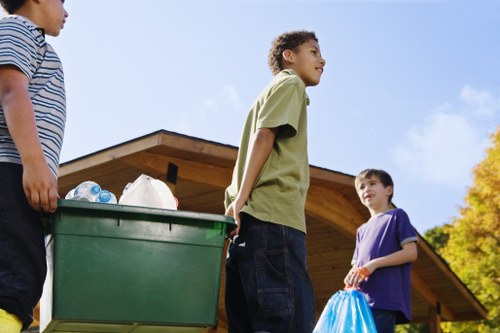
Understanding Construction Waste Clearance
Construction waste clearance involves the systematic removal and disposal of debris and by-products generated during construction, demolition, and renovation projects. This process is crucial for several reasons:
- Safety: Accumulated waste can create hazardous conditions for workers and passersby.
- Environmental Protection: Proper disposal minimizes the negative impact on the environment.
- Regulatory Compliance: Adhering to local waste management laws avoids legal complications.
In Greenwich, where construction projects are frequent, having an efficient waste clearance system in place is vital to maintaining the area's aesthetic and environmental standards.
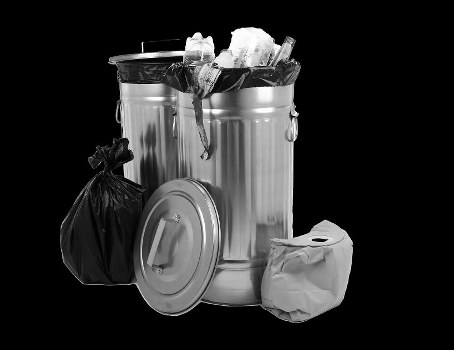
Types of Construction Waste
Construction projects generate a variety of waste materials, each requiring specific handling and disposal methods. Common types of construction waste in Greenwich include:
- Concrete and Masonry: Includes broken bricks, concrete blocks, and other masonry debris.
- Wood: Offcuts, pallets, and other wood materials.
- Metals: Scrap metal from structures, fixtures, and fittings.
- Plastics: Containers, piping, and other plastic materials.
- Drywall and Insulation: Waste from wall installations and insulation materials.
Each type of waste must be sorted and processed appropriately to ensure efficient recycling and disposal.
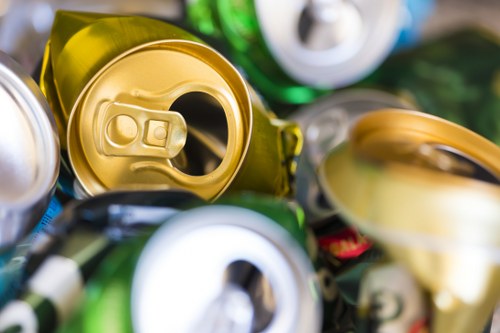
Benefits of Professional Waste Clearance Services
Engaging professional waste clearance services in Greenwich offers numerous advantages:
- Efficiency: Experienced teams can quickly and effectively manage waste removal, saving time and resources.
- Compliance: Professionals are well-versed in local regulations and ensure that all disposal methods meet legal standards.
- Environmental Sustainability: Many services prioritize recycling and environmentally friendly disposal methods, reducing the overall carbon footprint.
- Cost-Effective: Proper waste management can prevent costly fines and extend the lifespan of construction equipment by reducing clutter and debris.
Moreover, professional services often provide tailored solutions to meet the specific needs of each project, ensuring optimal results.
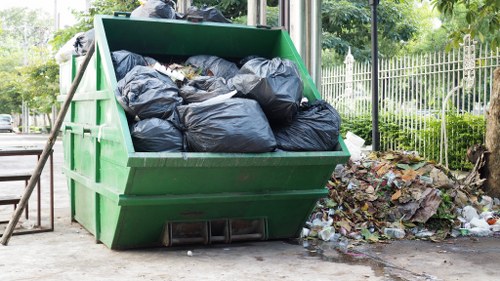
The Waste Clearance Process
The process of construction waste clearance typically involves several key steps:
- Assessment: Evaluating the type and volume of waste generated.
- Collection: Gathering waste materials from the construction site.
- Sorting: Separating recyclable materials from non-recyclable waste.
- Transportation: Moving waste to appropriate disposal or recycling facilities.
- Disposal: Safely disposing of non-recyclable waste in compliance with local regulations.
Each step is crucial for ensuring that waste is managed responsibly and efficiently.

Recycling and Sustainability in Greenwich
Recycling plays a pivotal role in construction waste clearance by diverting significant amounts of waste from landfills. In Greenwich, many waste clearance services emphasize sustainability by:
- Recycling Materials: Materials like metals, wood, and certain plastics can be recycled and repurposed, reducing the need for new raw materials.
- Reducing Carbon Footprint: By recycling, the overall carbon emissions associated with waste transport and new material production are lowered.
- Promoting Green Building Practices: Incorporating recycled materials into new construction projects supports eco-friendly building initiatives.
Adopting sustainable waste management practices not only benefits the environment but also enhances the reputation of construction firms committed to green building standards.

Choosing the Right Waste Clearance Service
Selecting a reliable and efficient waste clearance service in Greenwich involves considering several factors:
- Experience: Look for companies with a proven track record in managing construction waste effectively.
- Licensing and Certification: Ensure that the service provider complies with all local regulations and holds necessary certifications.
- Environmental Practices: Choose companies that prioritize recycling and sustainable disposal methods.
- Customer Reviews: Testimonials and reviews can provide insights into the reliability and quality of the service.
- Cost: Compare pricing structures to find a service that offers value without compromising quality.
Taking the time to evaluate these aspects will help you partner with a service that meets your project's specific needs.

Costs and Pricing Structures
The cost of construction waste clearance in Greenwich can vary based on several factors:
- Volume of Waste: Larger volumes typically incur higher costs due to increased labor and disposal fees.
- Type of Waste: Specialized disposal methods for hazardous or non-recyclable materials can affect pricing.
- Frequency of Service: Regular waste clearance services may offer discounted rates compared to one-time pickups.
- Accessibility of the Site: Locations that are difficult to access may require additional resources, influencing the overall cost.
- Additional Services: Services such as sorting, recycling, or on-site management can add to the total cost.
It's essential to obtain detailed quotes from multiple providers and understand what is included in their pricing to make an informed decision.

Regulations and Compliance in Greenwich
Adhering to local regulations is a critical component of construction waste clearance. In Greenwich, specific laws and guidelines govern the disposal and management of construction waste:
- Waste Disposal Ordinances: Regulations that specify how different types of waste must be handled and where they can be disposed of.
- Recycling Requirements: Mandates that require certain materials to be recycled rather than sent to landfills.
- Environmental Protection Laws: Guidelines to prevent pollution and protect natural resources during the waste clearance process.
- Health and Safety Standards: Ensuring that waste management practices do not pose risks to workers or the public.
Professional waste clearance services are typically well-versed in these regulations, ensuring that your project remains compliant and avoids potential fines or legal issues.

Common Challenges in Waste Clearance
Managing construction waste in Greenwich comes with its set of challenges:
- Volume Management: Large-scale projects generate substantial waste that must be efficiently handled.
- Sorting and Recycling: Accurately sorting materials for recycling requires expertise and meticulous attention.
- Space Constraints: Limited space on construction sites can complicate waste storage and removal.
- Rapid Turnaround: Construction timelines often demand quick waste clearance to prevent delays.
- Environmental Concerns: Ensuring that waste clearance practices do not negatively impact the surrounding environment.
Addressing these challenges effectively requires a combination of proper planning, the right resources, and collaboration with experienced waste clearance providers.

Innovations in Construction Waste Management
The field of construction waste clearance is continually evolving, with new technologies and methods enhancing efficiency and sustainability:
- Automated Sorting Systems: Utilizing machinery and AI to sort waste materials quickly and accurately.
- Recycling Technologies: Advancements in recycling processes allow for a higher percentage of materials to be reused.
- Waste Tracking Software: Digital tools that monitor waste generation and clearance, improving accountability and efficiency.
- Eco-friendly Disposal Methods: Developing greener alternatives to traditional waste disposal to minimize environmental impact.
- Modular Construction: Building methods that reduce waste by using standardized components and precise manufacturing techniques.
Staying informed about these innovations can help construction projects in Greenwich adopt more effective and sustainable waste clearance practices.

Implementing Effective Waste Clearance Strategies
To ensure successful construction waste clearance in Greenwich, consider implementing the following strategies:
- Early Planning: Integrate waste management into the project planning phase to anticipate and mitigate potential issues.
- Waste Segregation: Separate different types of waste at the source to streamline the disposal and recycling process.
- Regular Removal: Schedule frequent waste clearance to prevent accumulation and maintain site safety.
- Training: Educate workers on proper waste handling and disposal procedures to ensure compliance and efficiency.
- Collaborate with Experts: Partner with experienced waste clearance services that understand the local regulations and best practices.
By adopting these strategies, construction projects can achieve a more organized, efficient, and environmentally responsible waste clearance process.

Case Studies: Successful Waste Clearance in Greenwich
Examining successful waste clearance projects in Greenwich can provide valuable insights and best practices:
- Green Building Project: Implemented a comprehensive waste segregation system, resulting in a 70% recycling rate.
- Downtown Renovation: Partnered with a local waste clearance service to ensure timely removal and disposal, minimizing project delays.
- Community Housing Development: Adopted eco-friendly disposal methods, enhancing the project's sustainability credentials.
These case studies highlight the importance of effective waste management in achieving project success and maintaining a positive environmental impact.

Future Trends in Construction Waste Clearance
The future of construction waste clearance in Greenwich is poised to embrace more sustainable and technologically advanced practices:
- Circular Economy: Focusing on reusing and recycling materials to create a closed-loop system.
- Smart Waste Management: Leveraging IoT devices and data analytics to optimize waste collection and processing.
- Advanced Recycling Techniques: Developing new methods to recycle previously non-recyclable materials.
- Green Certifications: Encouraging construction projects to obtain sustainability certifications that require strict waste management protocols.
- Collaborative Platforms: Utilizing digital platforms for better coordination between waste clearance services, construction companies, and recycling facilities.
Embracing these trends will not only improve the efficiency of waste clearance operations but also contribute to the long-term sustainability of Greenwich's construction industry.

Conclusion
Effective construction waste clearance is a vital component of any construction or renovation project in Greenwich. It ensures safety, compliance, and environmental sustainability, all while contributing to the smooth progress of the project.
By understanding the types of waste, leveraging professional services, and adopting sustainable practices, construction projects can significantly reduce their environmental footprint and enhance overall efficiency.
Contact us today to learn more about our expert waste clearance services in Greenwich and ensure your project adheres to the highest standards of waste management.